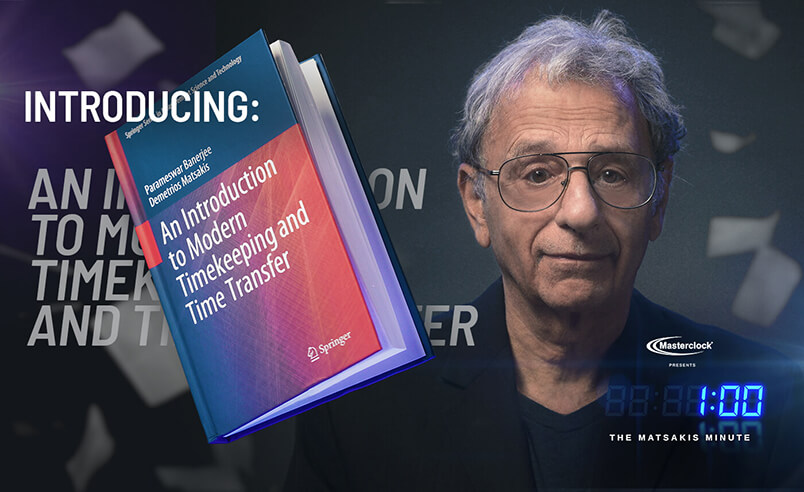We hear much about emergent properties of the internet. I might have guessed that the internet would enable high-speed trading — after all, the Rothschilds made as big a killing as the Duke of Wellington did when they used carrier pigeons to get the outcome of Waterloo before the London financial markets got it by boat. And high-frequency trading, with all its warts, is a straightforward extrapolation of what brokers have been doing since the Roaring 20s. Though I would never have guessed that stereotypical shy, night-loving teenagers would be earning six figures just because people will pay to watch them click [1].
By Dr. Matsakis
What Do Wall Street And Street Fighter V Have In Common
But people do pay, and the need for no-delay realism has added new demands to the internet. Modern gaming computers, the most expensive genre in retail stores, require hundreds of computations to be done faster than human reflexes, which for the best gamers is something like 50 milliseconds (or one twentieth of a second). Movies are filmed at a minimum 24 frames (23.796) per second. The television full-screen refresh rate is typically 60 frames per second, but would appear to flicker if the line-by-line screen updates started at the top and proceeded linearly down.
For financial markets, the delay on the internet is also a major issue. The EU and the USA are now requiring 0.1 millisecond level traceability for financial markets [2], so delays can be inserted in a verifiable manner to be sure trader X does not get an unfair advantage over trader Y simply by being closer to a stock exchange. Internet games might not seem to be as demanding numerically, since gaming information gets transferred between computers in frames of about 16 milliseconds each. But the timing fairness is just as hard to achieve, because the internet can easily delay messages by much more than that. According to a fascinating article by Ricky Pusch, along with possible round-trip times (pings) exceeding 100 ms, sometimes packets are lost in transmission, so that a player’s moves are not received at the opponent’s end [3].
Unfortunately the simplest “fair” solution is fair to no one, because it is no fun. It would take too long for the game to send your move to your opponent, then pause until that information can go over the internet to your opponent and your opponent’s response can get back to you.
The most common solution, as of a few years ago, was to split the difference by delaying the effect on the screen of each player’s actions by an amount approximately equal to the current best estimate of the internet’s ping. So now the players are balanced and can usually adjust to the visual lag subliminally. This is usually good enough, but it can lead to unacceptable delays when the internet goes through temporary fluctuations, net neutrality or no. Worse, if things get too out of sync, it can lead to each player seeing a different game situation. Say one player thinks he scored a hit, but the other player’s game thinks the salvo was dodged. The way to check for this is to send bigger messages over the internet. So in the end, delay-based games sometimes have to pause and wait after all.
What’s the modern answer? More and more games combine the lag-balancing act with “rollback.” Rollback anticipates the opponent’s next move—basically assuming the opponent will do the same thing as in the last received move. If the character is running, then the running will continue. Ditto for shooting, and for any of the other wonderful things these superheroes are known to do. If it turns out the remote player did something unanticipated, then the game will quickly change everything to what it should have been. If all this happens fast enough, the players won’t notice. Hopefully it won’t be like cartoons, in which the character runs off a cliff but does not start to fall until he looks down and realizes the predicament.
Of course if there is a sound associated with the extrapolation, that can’t be undone. And the demands on computer efficiency go way up. But faster connections, smarter computers, and dumber humans will take care of all that in time.
Just like with games, over-extrapolation of stock market booms can lead to market collapse, and disciplined clocks can overshoot badly if they are being steered toward a reference (GNSS) that suddenly becomes unavailable. I have read papers and heard talks where individuals discuss the unfortunate feature that 'if a clock happens to be sped up, it will just keep being sped up unless new GNSS data come along that can measure the clock’s time. This is silly, of course—any well-designed control system will do “dead-reckoning” to estimate when the clock has reached the desired time and frequency. At the U.S. Naval Observatory, where I used to work, we even implemented a system I called “gentle steering.” Gentle steering adjusts the steers to minimize the total amount of steering and bring our Master Clock to our desired time and frequency offset from UTC (Coordinated Universal Time) over the month between updates from the International Bureau of Weights and Measures, which computes UTC. Below is a figure from the first publication on it, which shows how a clock can be smoothly brought to the reference with no additional measurements [4].

All I can say is that while engineers can make mistakes, most correctly design around far more complex issues. And I imagine the next-generation games will anticipate the hero stopping just at the edge of the cliff.
Footnotes
[1] A truly night-loving game player would be astronomer Alvarado Gomez, who had to drop out of college due to lack of funds. With two years playing with the game Halo on the Microsoft payroll, he earned enough to complete his studies. He’s now an expert on the X-ray properties of sun-like stars.
[2] https://lsc-pagepro.mydigitalpublication.com/publication/?i=609013#
[4] P. Koppang and D. Matsakis, “New Steering Strategies for the U.S. Naval Observatory Master Clocks”, Proceedings of 31st Annual Precise Time and Time Interval, Systems and Applications Meetings, 2000, pp. 257-265.
About Dr. Demetrios Matsakis
 Dr. Demetrios Matsakis attended MIT as an undergraduate and received his PhD in physics from UC Berkeley, where he studied under the inventor of the maser and laser; and built specialized ones in order to observe interstellar dust clouds where stars are born. His first job was at the U.S. Naval Observatory, building water vapor radiometers and doing interferometry to observe quasars and galaxies at the edge of the observable universe. After developing an interest in clocks, Dr. Matsakis would spend the next 25 years working hands on with most aspects of timekeeping – from clock construction, to running the USNO’s Time Service Department, to international policy. He has published over 150 papers and counting, but gets equal enjoyment out of beta-testing his personal ensemble of Masterclock products.
Dr. Demetrios Matsakis attended MIT as an undergraduate and received his PhD in physics from UC Berkeley, where he studied under the inventor of the maser and laser; and built specialized ones in order to observe interstellar dust clouds where stars are born. His first job was at the U.S. Naval Observatory, building water vapor radiometers and doing interferometry to observe quasars and galaxies at the edge of the observable universe. After developing an interest in clocks, Dr. Matsakis would spend the next 25 years working hands on with most aspects of timekeeping – from clock construction, to running the USNO’s Time Service Department, to international policy. He has published over 150 papers and counting, but gets equal enjoyment out of beta-testing his personal ensemble of Masterclock products.

